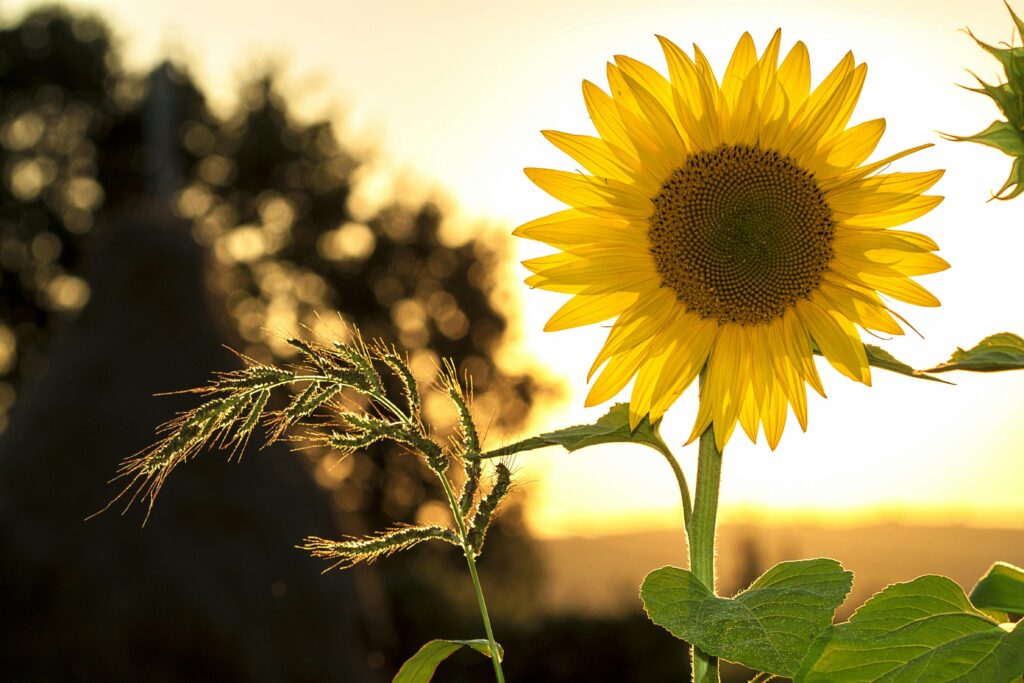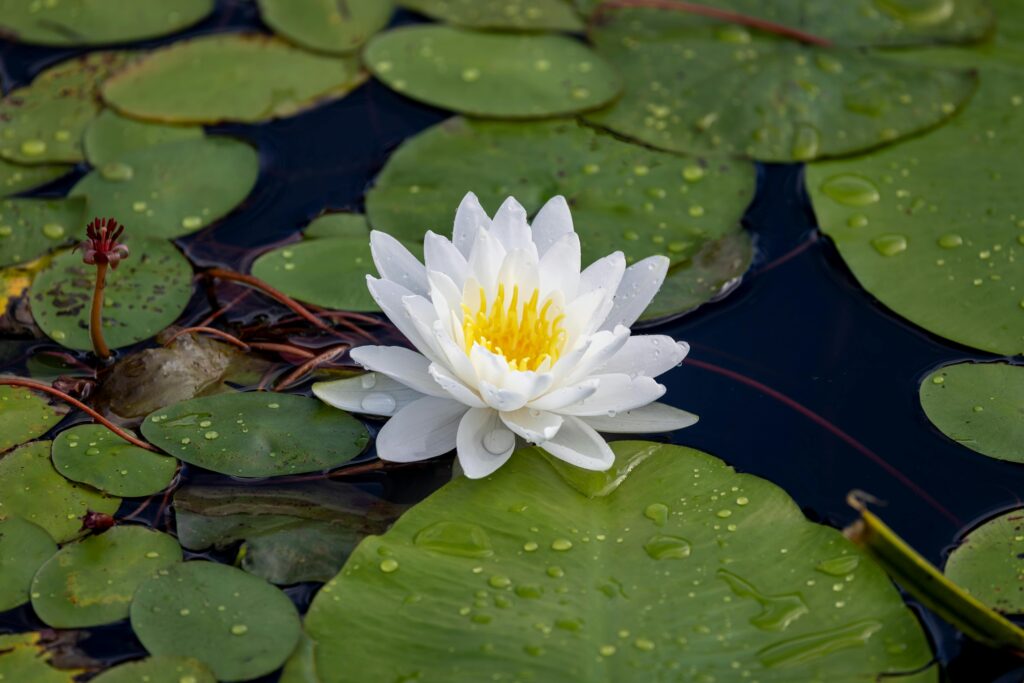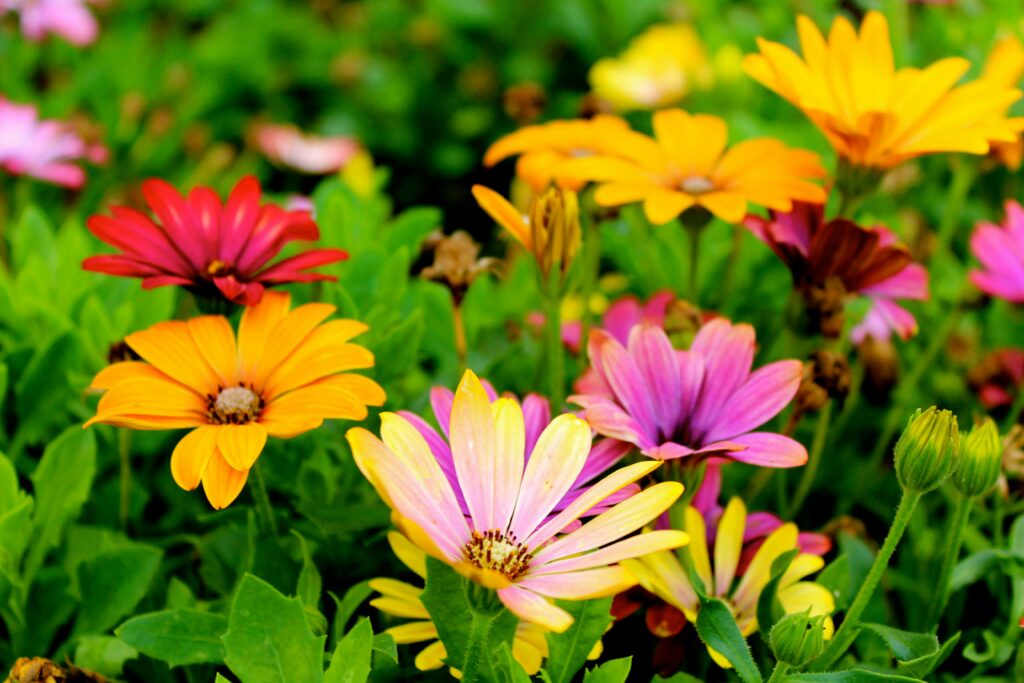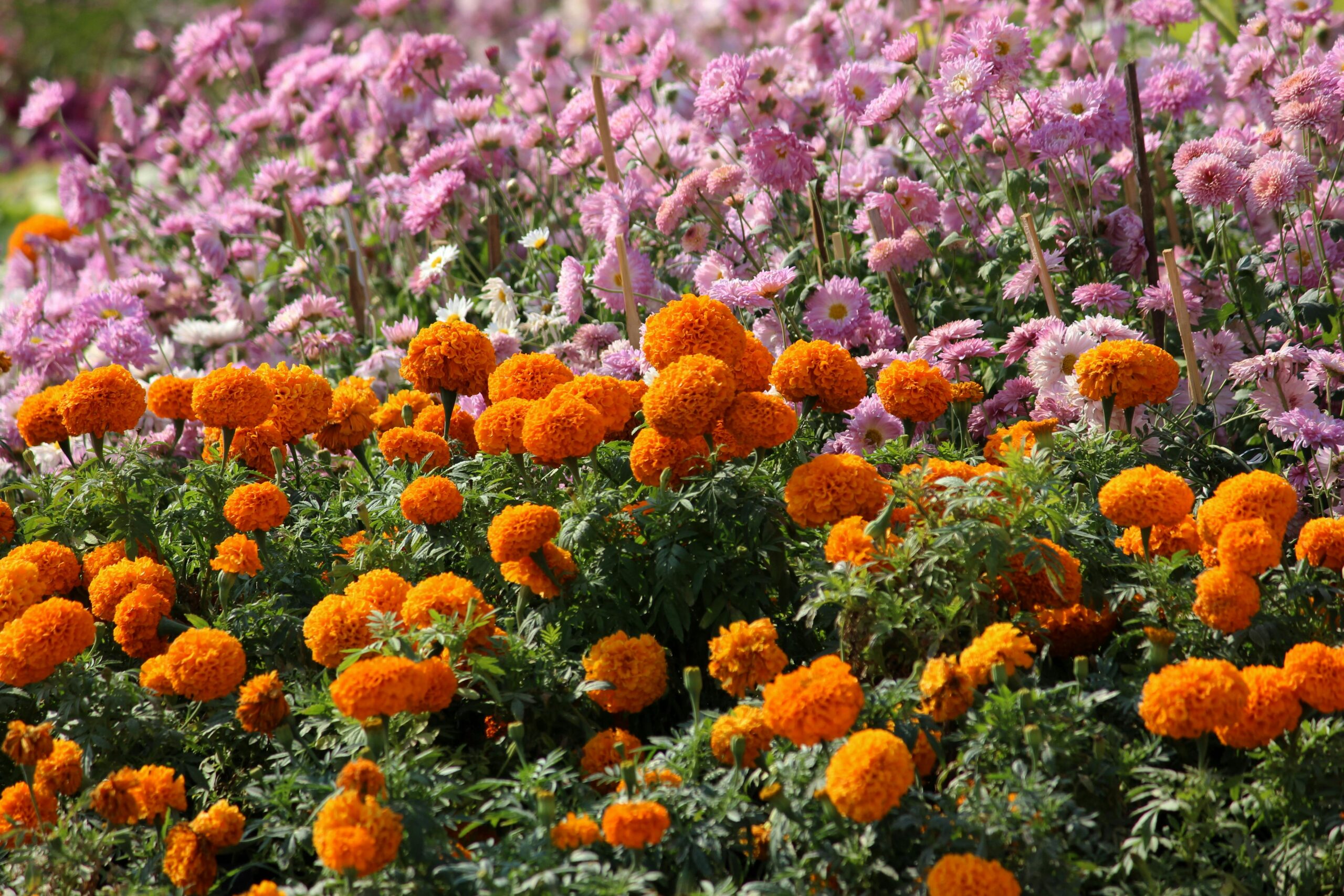If you are a beginner and thinking of starting gardening, but are confused about which plants to plant that can grow quickly and do not require much care, then you have come to the right place! Gardening is not just a hobby, but a stress-relieving and rewarding activity that brings you closer to nature.
For beginners, it is important to choose plants that are low-maintenance, can survive in every season and can grow well even in less water and sunlight. These plants will not only make your home and garden beautiful, but will also teach you the basic concepts of gardening.
In this article, we will tell you about easy-to-grow outdoor and indoor plants which are perfect for beginners. So let’s take the first step in the world of gardening!
Factors to Consider Before Choosing a Plant
If you are a beginner gardener, choosing the right plants is very important. Every plant has its own growth pattern, such as water requirement and sunlight need, so pay attention to these important factors before starting gardening:
1. Climate & Weather
- Every plant grows in a specific temperature and season.
- If you live in a hot climate, then sun-loving plants like Sunflower, Marigold or Aloe Vera will be best.
- For cold climate, Pansy, Tulip and Chrysanthemum are good options.
- Native plants are always the best because they easily adjust to the climate of your area.
2. Soil Type
- Soil type is also important for the healthy growth of plants.
- Some plants grow in sandy soil (water draining soil quickly) like Cactus and Aloe Vera.
- Some plants like moist and nutrient-rich soil like Tomato and Tulsi.
- You can make your soil better by adding compost and organic matter.
3. Sunlight Requirement
- Every plant has its own light requirement.
- Full Sun Plants (which need 6-8 hours of direct sunlight) – Sunflower, Hibiscus, Marigold.
- Partial Shade Plants (which need only 3-4 hours of indirect sunlight) – Money Plant, Peace Lily, Ferns.
- Complete Shade Plants (which do not like direct sunlight at all) – Snake Plant, ZZ Plant, Pothos.
- So first see how much sunlight comes in your home, then choose the plant accordingly.
4. Watering Needs
- Some plants demand more water, while some can survive in less water.
- Low-water plants: Aloe Vera, Snake Plant, Cactus.
- Regular watering plants: Tulsi, Mint, Marigold.
- Overwatering is a common mistake that beginners make, so give water only after checking the soil
5. Space & Growth Size
- If you have a small space, then container gardening or hanging plants will be best.
- Large plants like Banana Tree or Mango Tree can be difficult to grow in a small space.
- Small plants like Pothos, Snake Plant and Root Plant are the best options for indoor gardening.
6. Maintenance & Care
- For beginners, low-maintenance plants are best which grow quickly and do not require much care.
- Fast-growing and easy-care plants: Money Plant, Mint, Marigold, Spider Plant.
- The first rule of gardening is patience, so it is important to wait a little for slow-growing plants.
Best Easy-to-Grow Outdoor Plants for Beginners

As a beginner gardener you should choose plants that can grow quickly and require minimal care.For outdoor gardening, you should choose plants that can survive in every season and do not require a lot of water and fertilizer.
Here are some of the best easy-to-grow outdoor plants that are perfect for beginners.
1. Marigold
Why is it the best?
- It grows very quickly and is perfect for beginners.
- It can survive in all seasons.
- The bright yellow and orange flowers make the garden look beautiful.
- Care Tips:
- It grows well in full sunlight.
- There is no need for excessive watering, just give water when the soil is dry.
2. Sunflower
Why is it the best?
- It grows easily in intense sunlight and hot climate.
- It makes the garden bright and colorful.
- Care Tips:
- 6-8 hours of direct sunlight is necessary for it.
- Water regularly, but the soil should not get waterlogged.
3. Tulsi
Why is it the best?
- A medicinal plant that is considered lucky for home.
- Grows even in less space.
- Care Tips:
- Keep it in little water and full sunlight daily.
- Prune it from time to time so that new leaves keep coming.
4. Aloe Vera
Why is it the best?
- This is a low-maintenance plant that can survive anywhere.
- It has medicinal and skincare benefits too.
- Care Tips:
- Give less water, avoid overwatering.
- Keep it in full sunlight and well-drained soil.
5. Money Plant
Why is it the best?
- This plant is fast-growing and easy-to-care.
- It is also an air purifier that makes the air fresh.
- Care Tips:
- It can grow even in indirect sunlight.
- Keep the soil slightly moist, but avoid overwatering.
6. Mint
Why is it the best?
- It is a fast-growing and perfect herb for daily use.
- It can grow even in less space.
- Care Tips:
- It always requires moist soil.
- It can grow in both little sunlight and light shade.
7. Hibiscus
Why is it the best?
- Very beautiful and colorful flowers are produced.
- It is a low-maintenance and long-lasting plant.
- Care Tips:
- Keep it in full sunlight so that the flowers bloom well.
- Watering should be done regularly, but do not overwater.
Best Easy-to-Grow Indoor Plants for Beginners

If you want to bring greenery inside your home, then indoor plants are the best option. Not only do they grow easily in less space, but they are also air-purifying and low-maintenance. Beginners should choose plants that can grow well even in less sunlight, less water and minimum care.
Here are some of the best easy-to-grow indoor plants that are perfect for beginners:
1. Snake Plant
Why is it the best?
- This is a low-maintenance and air-purifying plant.
- It can survive even in low light and less water.
- Care Tips:
- Water it only once a week (avoid overwatering).
- It can grow even in indirect sunlight or low-light.
2. Money Plant
Why is it the best?
- It is considered a fast-growing and lucky plant.
- Its care is very easy, best option for beginners.
- Care Tips:
- Grows well in indirect sunlight.
- Water it only when the soil is dry.
3. Spider Plant
Why is it the best?
- This is an attractive and air-purifying plant.
- Perfect for hanging baskets or tables.
- Care Tips:
- Keep it in indirect sunlight or bright light.
- Water it only when the soil is dry.
4. Peace Lily
Why is it the best?
- Its beautiful white flowers enhance the look of the room.
- It absorbs toxic gases and pollutants.
- Care Tips:
- Water it twice a week and keep it in indirect sunlight.
- Keep the soil moist, but do not overwater.
5. Root Plant
Why is it the best?
- This is considered a lucky plant that brings wealth and prosperity.
- It can survive even in less water and less sunlight.
- Care Tips:
- It grows well in direct sunlight or bright indirect light.
- Water only when the soil is completely dry.
6. ZZ Plant
Why is it the best?
- This is a drought-resistant and air-purifying plant.
- It is a zero-maintenance plant for beginners.
- Care Tips:
- It grows even in low light, perfect for offices and bedrooms.
- It only needs to be watered 1-2 times a month.
7. Areca Palm
Why is it the best?
- This is a big and beautiful plant that brings fresh vibes in the room.
- There is also an air purifier which freshens the air of the house.
- Care Tips:
- Keep it in bright indirect sunlight.
- Do regular misting and moderate watering.
Basic Plant Care Tips for Beginners
If you are new to gardening, it is very important to take proper care of the plants so that they remain healthy and long-lasting. Every plant has different needs, but some basic care tips can be applied to all plants. Here are some essential tips which will be helpful for beginners:
1. Watering the Right Way
- Too much or too little water is wrong. Overwatering makes the roots dry, and underwatering makes the plant wilt.
- Always check the soil – water only if the upper 1-2 inches of soil is dry.
- Plants like succulents and cactus prefer less water, while mint and tulsi need more water.
2. Keep it at the right place
- Every plant has different sunlight requirement:
- Full sun plants – 6-8 hours of sunlight is required (Sunflower, Marigold).
- Partial shade plants – grow in 3-4 hours of indirect light (Money Plant, Ferns).
- Low-light plants – Direct sunlight is not required (Snake Plant, ZZ Plant).
- Keep your plant at the place according to its requirement so that it remains healthy.
3. Choose a good soil
- Healthy soil means good drainage and proper nutrients.
- Use sandy and well-drained soil for succulents and cactus.
- Compost-rich organic soil is best for flowering plants and leafy greens.
- Add organic compost or cow dung manure to increase soil fertility.
4. Use Fertilizers Properly
- Plants need nutrients for growth, but excess fertilizer can be harmful.
- Organic compost, banana peel, eggshells and cow dung manure are the best fertilizers.
- Fertilizer once a week or month is enough.
5. Do regular pruning
- It is important to cut the wilted leaves and dried branches from time to time so that new leaves and flowers grow.
- Pruning keeps the shape and size of the plant under control.
6. Take care of proper drainage
- There should be drainage holes in the pots so that the extra water can easily flow out.
- Overwatering can make the roots sick, so always use soil and pots with good drainage.
7. Protect from Pests and Diseases
- Use neem oil spray or garlic water spray to keep insects and pests away.
- If the leaves are turning yellow or brown, check the soil – it could be due to excess water or less sunlight.
- To create a healthy and fresh environment, clean the plants from time to time and provide fresh air.

Common Mistakes to Avoid in Gardening
If you are a beginner, there are some common gardening mistakes that can slow or damage the growth of plants. It is important to avoid these mistakes so that your plants remain healthy and long-lasting. Here are some of the most common mistakes and ways to avoid them:
1. Overwatering or Underwatering
- Mistake: Many beginners either give too much water or very less, in both cases the plants can get damaged.
- Solution:
- Always check the soil – if the upper 1-2 inches of soil is dry, then only give water.
- Plants like succulents and cactus need less water, while leafy greens and flowering plants need a little more.
2. Placing the plant at the wrong place
- Mistake: Every plant has a different sunlight requirement, but beginners place the plant at any place without thinking.
Solution: - Full sun plants (Sunflower, Marigold) need 6-8 hours of direct sunlight.
- Partial shade plants (Money Plant, Ferns) need only 3-4 hours of indirect light.
- Low-light plants (Snake Plant, ZZ Plant) grow even without direct sunlight.
3. Using the wrong type of soil
- Mistake: Beginners often use normal garden soil which is not suitable for every plant.
- Solution:
- Use sandy and well-drained soil for succulents and cactus.
- Organic compost-rich soil is best for flowering and leafy plants.
- Add organic compost or manure to increase the fertility of the soil.
4. Over-fertilizing
- Mistake: Giving too much fertilizer can burn the plants or stop their growth.
- Solution:
- Give fertilizer once a month or once a week in small quantity.
- Organic compost, banana peel, eggshells and neem shells are the best fertilizers.
5. Not pruning
- Mistake: Not removing wilted leaves and dried branches, which can slow down the growth of the plant.
- Solution:
- Do regular pruning so that new leaves and flowers grow.
- Pruning keeps the plant healthy and in shape.
6. Ignoring Pests & Diseases
- Mistake: Many people do not pay attention to pests and diseases, due to which the plants get damaged.
- Solution:
- Use neem oil spray or garlic water spray so that insects and pests do not come.
- Check the color of the leaves, if they are turning yellow or brown then check the soil and watering pattern.
7. Not paying attention to proper drainage
- Mistake: Due to lack of drainage holes in potted plants, water gets accumulated, which forces the roots to become saturated.
- Solution:
- There should be drainage holes in pots.
- Use well-draining soil so that excess water can drain out.
Conclusion
Gardening is a rewarding and relaxing activity that not only beautifies your home but also improves the environment. If you’re a beginner, starting with easy-to-grow plants is your best option as they require minimal care and effort.
Whether you choose indoor plants or create an outdoor garden, with the right plant selection, proper care, and regular maintenance, you can keep your garden green, fresh, and healthy. Gardening is not just a hobby, but a therapeutic experience that reduces stress and brings a positive vibe.
You can create a beautiful and thriving garden even with a small start! So start gardening today and enjoy the beauty and freshness of nature around you!

